Compared to solid materials, perforated metal allows light to shine through, creating unique effects depending on the perforation pattern specified. The diversity of perforation motifs and metal material means it can be easily manipulated into any shapes and utilized for all sorts of buildings, both residential and commercial.
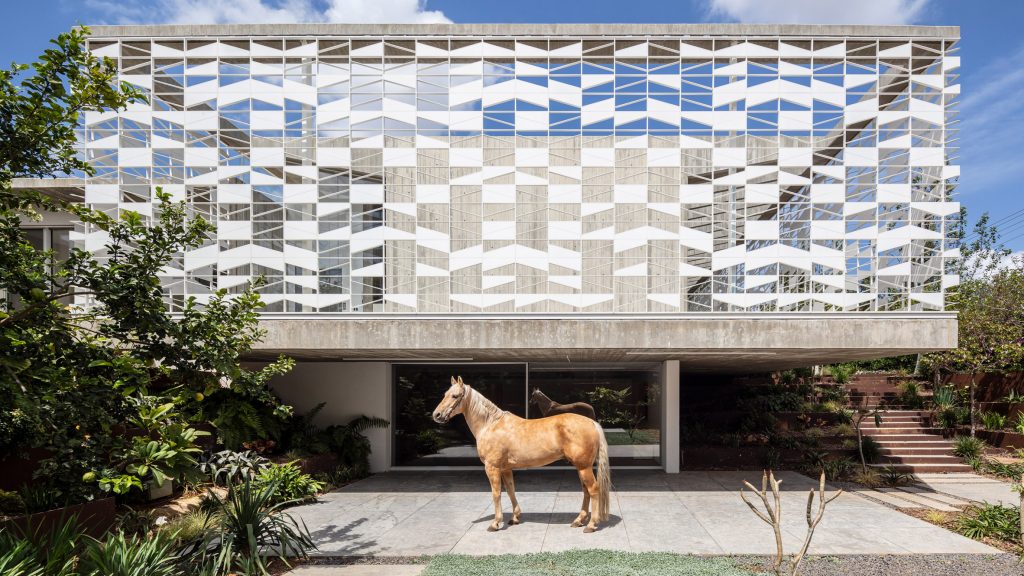
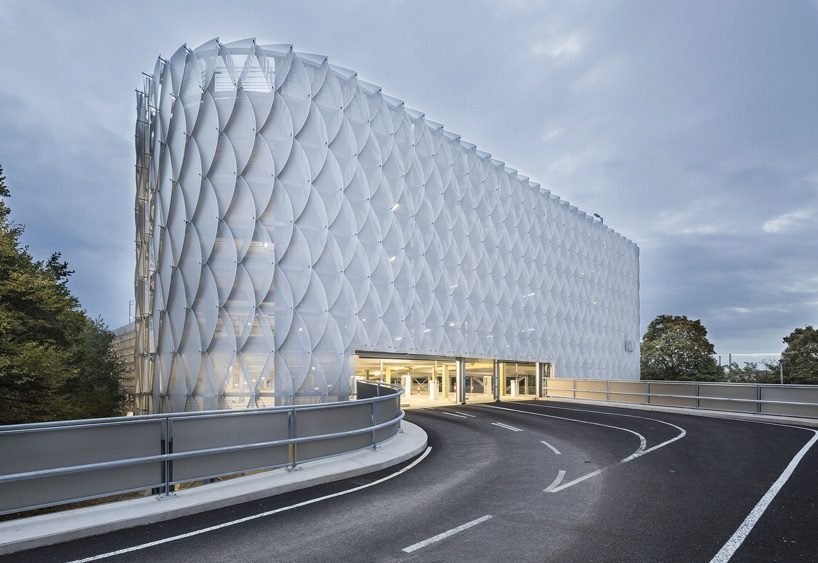
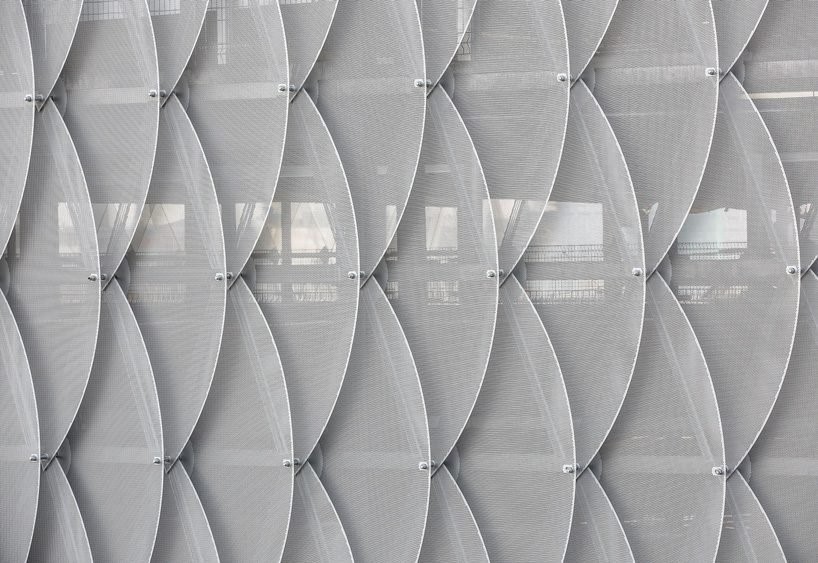
P22A parking garage by Wulf Architekten
Stuttgart-based practice Wulf Architekten has developed a perforated metal façade for the five-storey P22A parking garage of Koelnmesse, Cologne‘s trade fair center. The architects were asked to design an innovative and emblematic facade for the existing S-shaped curved plan.
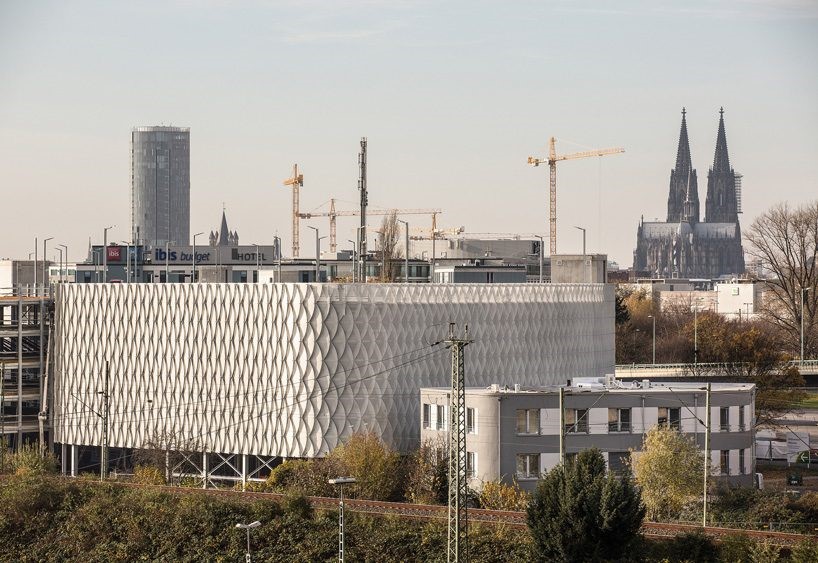
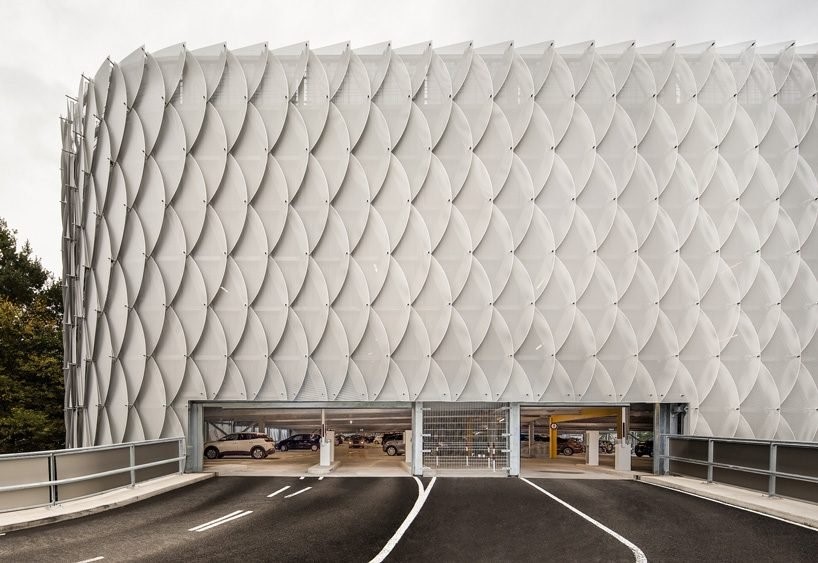
P22A parking garage by Wulf Architekten
To carry out this task, roughly 3,000 laser-cut panels with edge reinforcement were manufactured from perforated metal. The poetic organic shell seems light and transparent, it is designed like a big organic structure that gives the impression that it breathes.
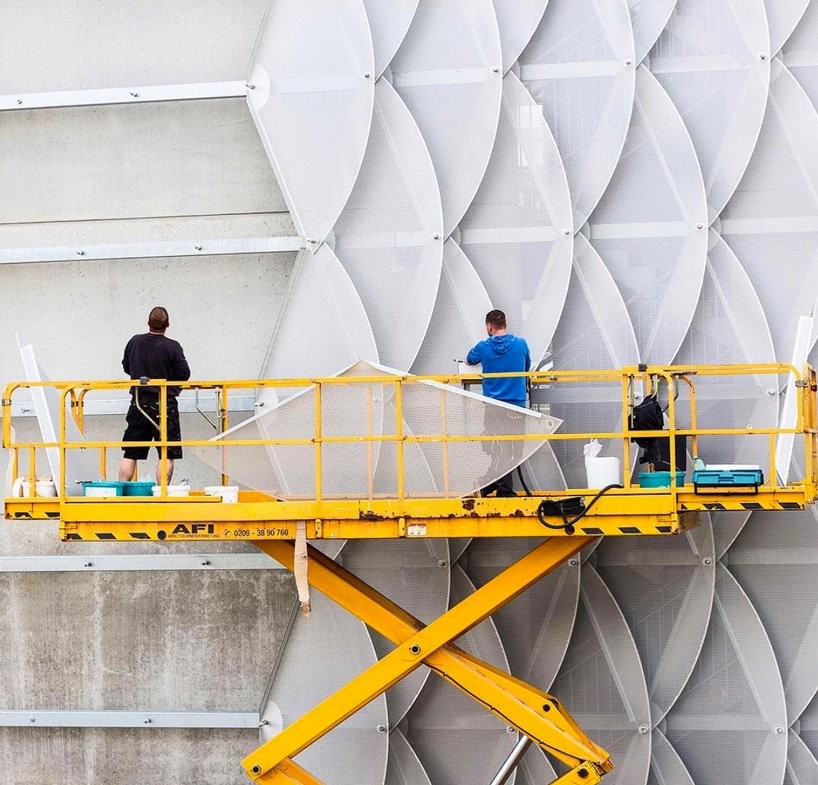
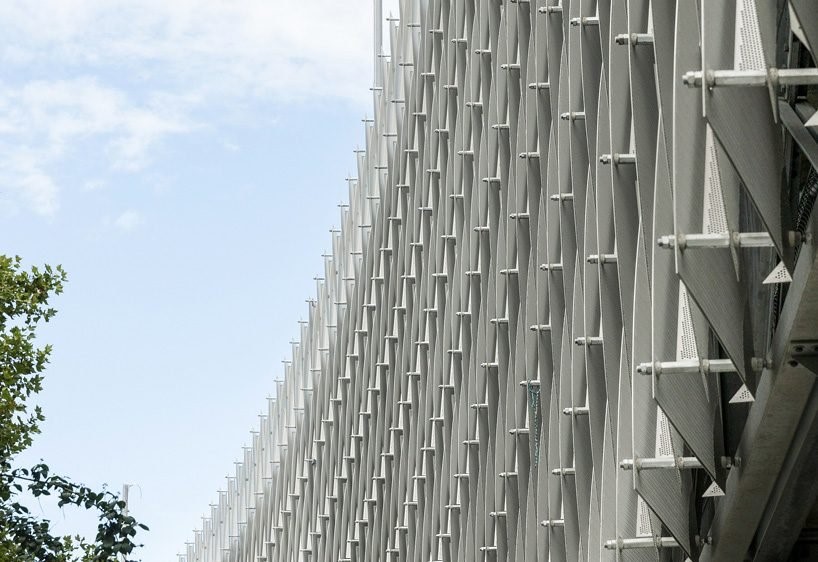
P22A parking garage by Wulf Architekten
The overlapping gill-like metal panels create interesting geometric patterns that evoke a sensuous symbolism, especially at night. The perforations of panels and the gaps between them ensure the natural airflow and also provide sufficient natural lighting for the interior.
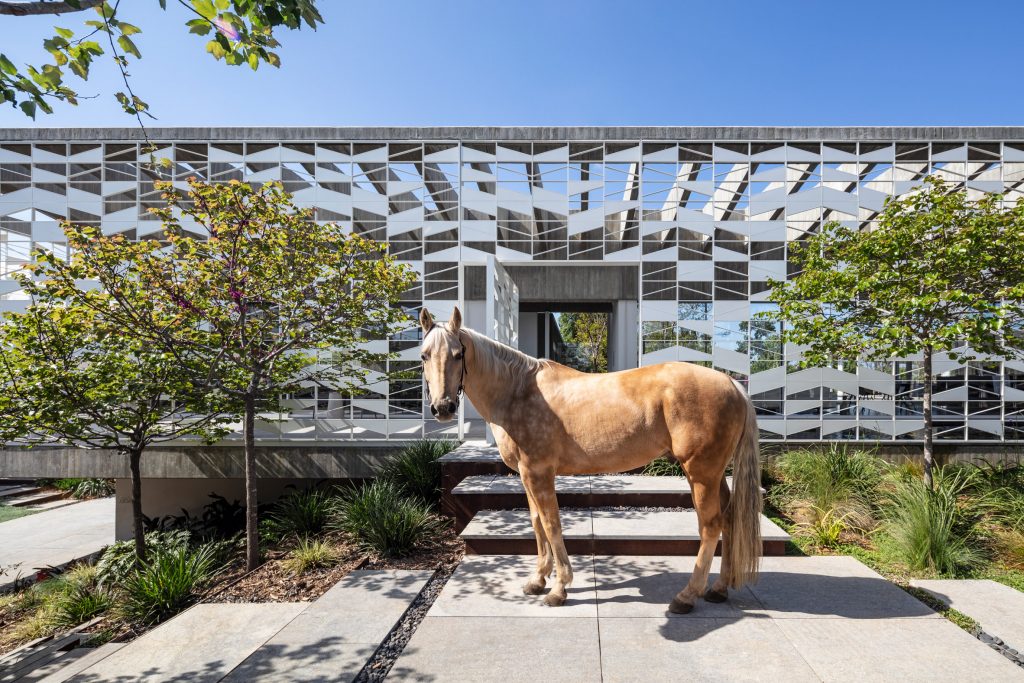
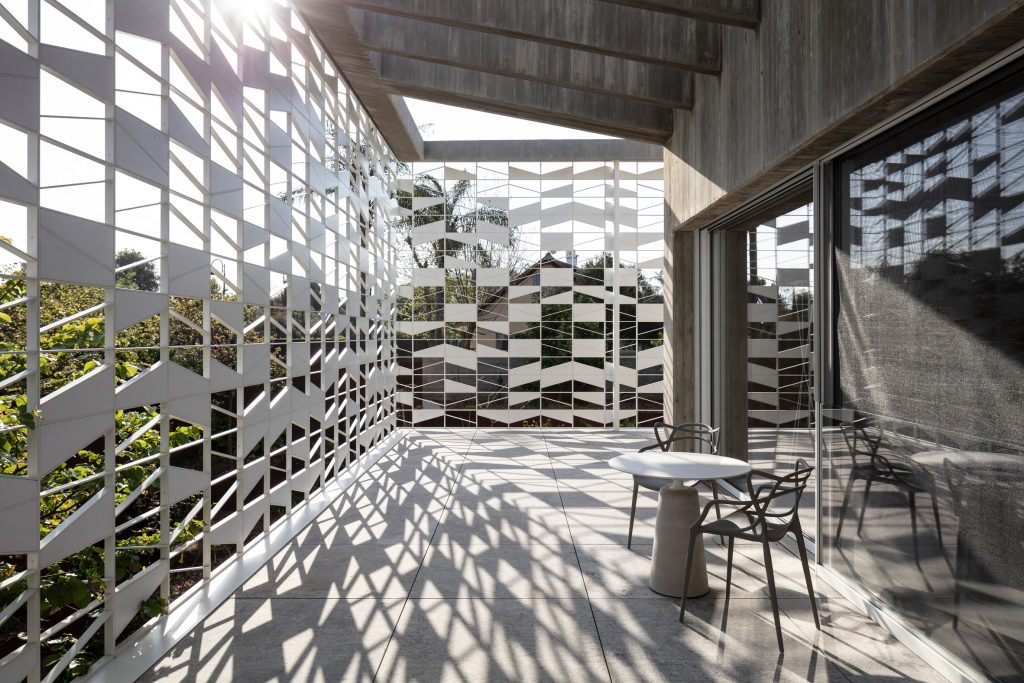
MA House by Pitsou Kedem (also header image)
Tel-Aviv-based Pitsou Kedem Architects used patterned aluminium screens to create a ventilated outer skin for a residential house arranged around a courtyard in Bnei Ziom, Israel.
Called MA House, the structure is been divided into three wings, with communal living spaces on the north and a large master bedroom on the south, and children’s bedrooms running in between. Along with a pergola-covered pool to the west, these structures enclose a sloping central courtyard and are connected by a series of stone-paved paths. Because of the slope the central building mass appears to hover in the air above it, creating a sense of lightness for the building.
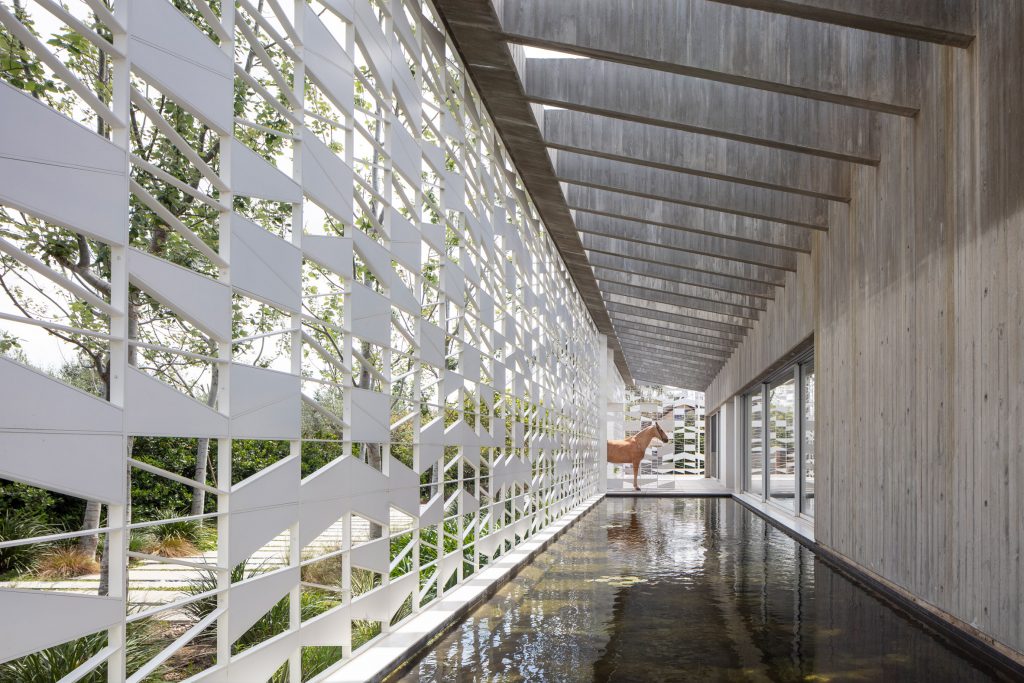
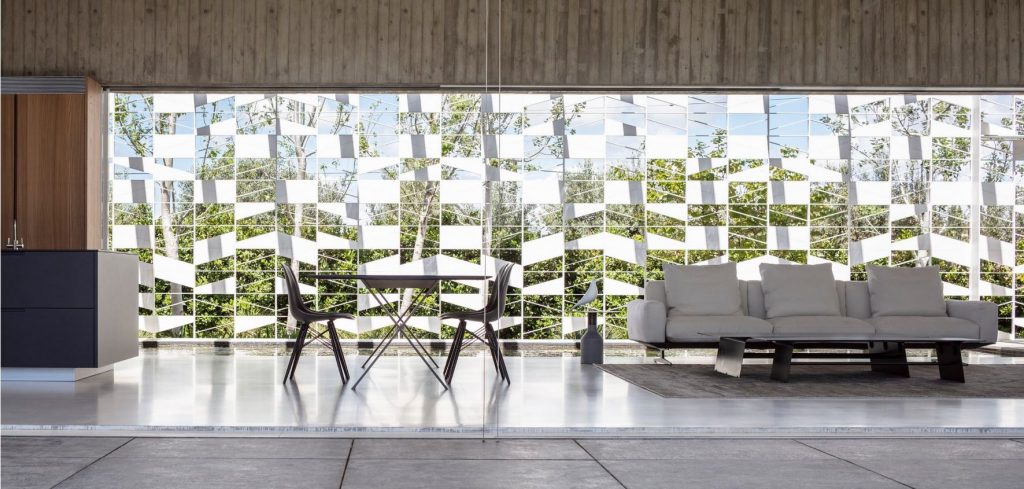
MA House by Pitsou Kedem
MA House’s main structures have been built with massive exposed concrete, contrasting to the lightweight screens of thin white aluminium that counterbalances its massiveness. The aluminium skin shields the small terrace from the sun, while the perforations in them give glimpses from the exterior of the house into the courtyard.
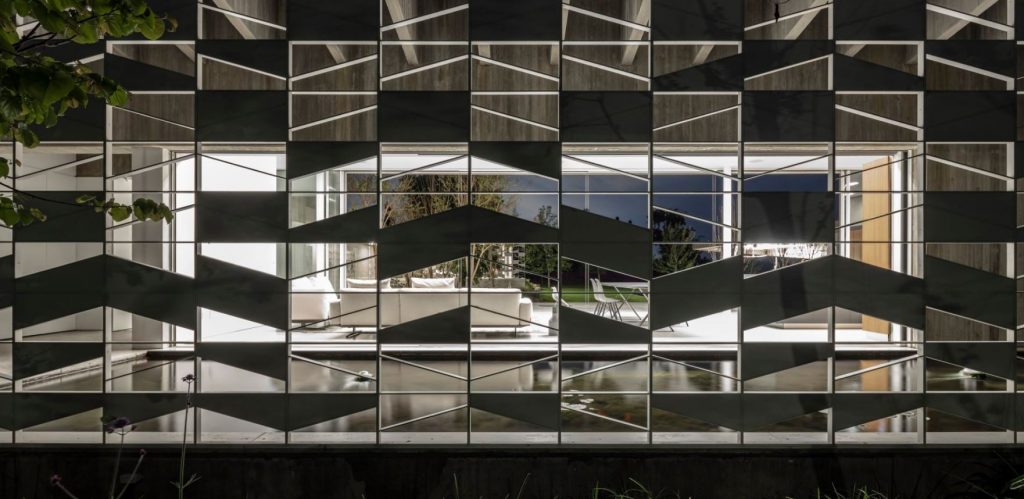
MA House by Pitsou Kedem
Inside, the concrete has also been left exposed, creating a backdrop for the patterns of dappled light that travel through the screened facades. The large openings to the courtyard and the transparent facades give people inside spaces a sense of being out in the open with only a concrete roof to protect them.
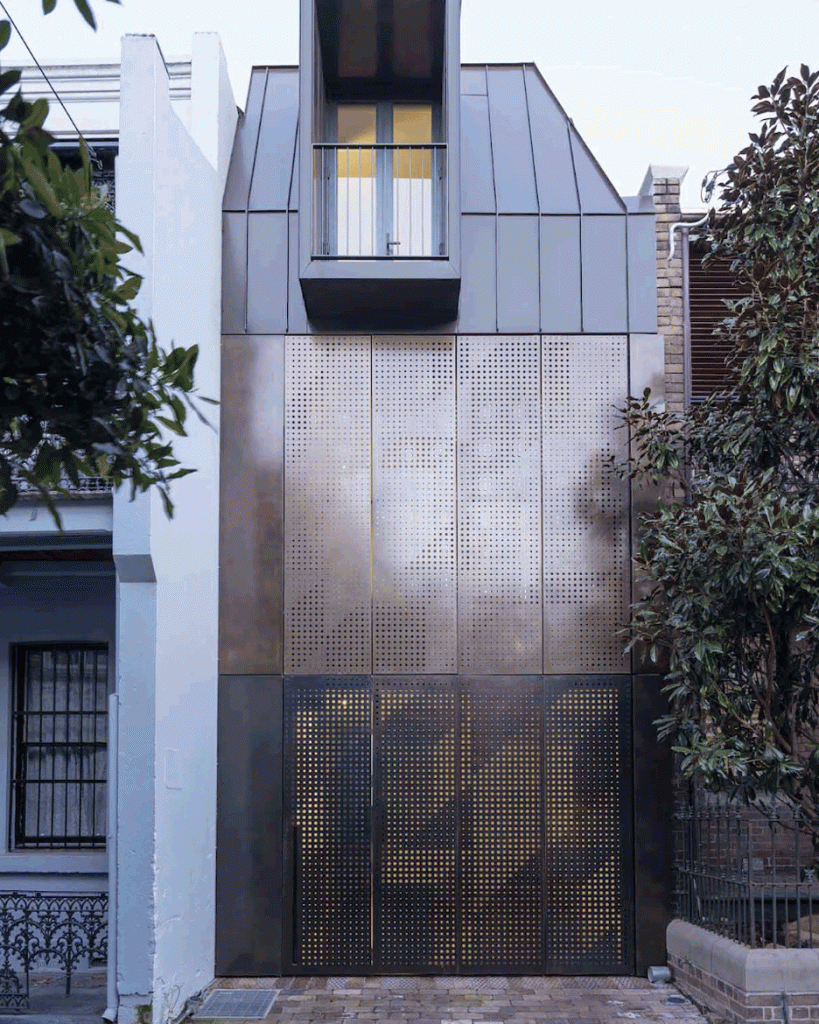
Chimney House by Atelier Dau
A custom perforated bronze façade shields an infill extension for the refurbishment of Chimney House, a heritage-listed building in Sydney, by local architecture studio Atelier Dau. The original three-storey brick terrace house was given a rear extension and an interior renovation, and a fluid gallery-like interior for the client’s extensive art collection was added next to the house.
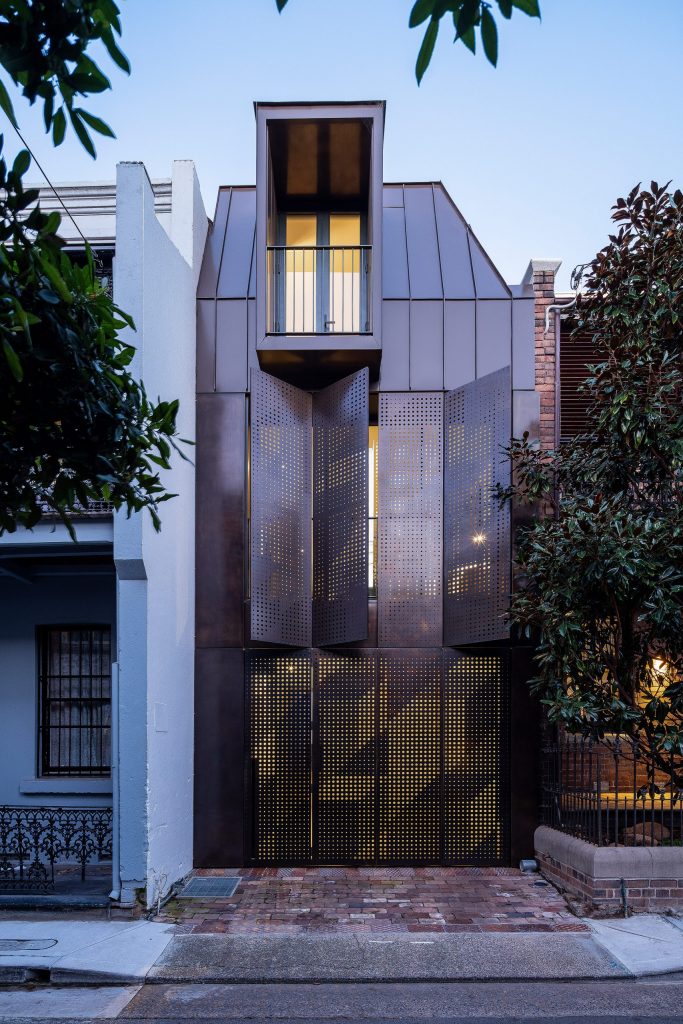
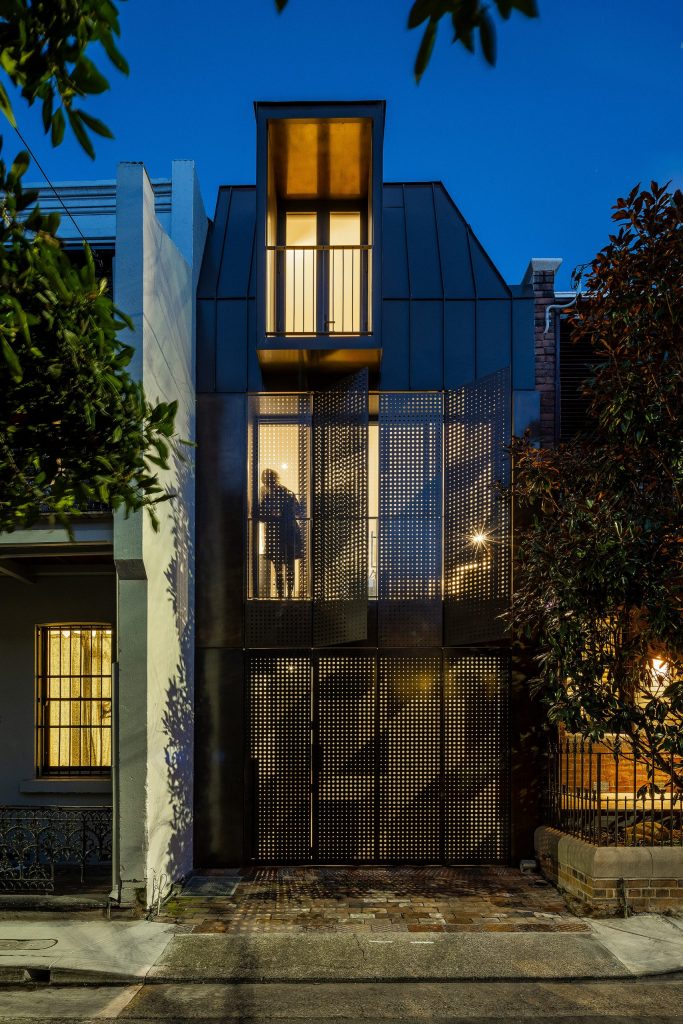
Chimney House by Atelier Dau
The ‘jigsawing’ of two dwellings into one volume on a compact footprint enabled on-site parking with a self-contained apartment aloft, all concealed behind the perforated facade with hinged panels that can open and close like shutters. This was designed as a flat graphic enhanced at night via internal lightingTogether with the terrace’s heritage façade, the bronze screen reads tonally as one consistent surface. According to the studio, it is a respectful but adventurous connection to the street’s terraced row that will age gracefully.
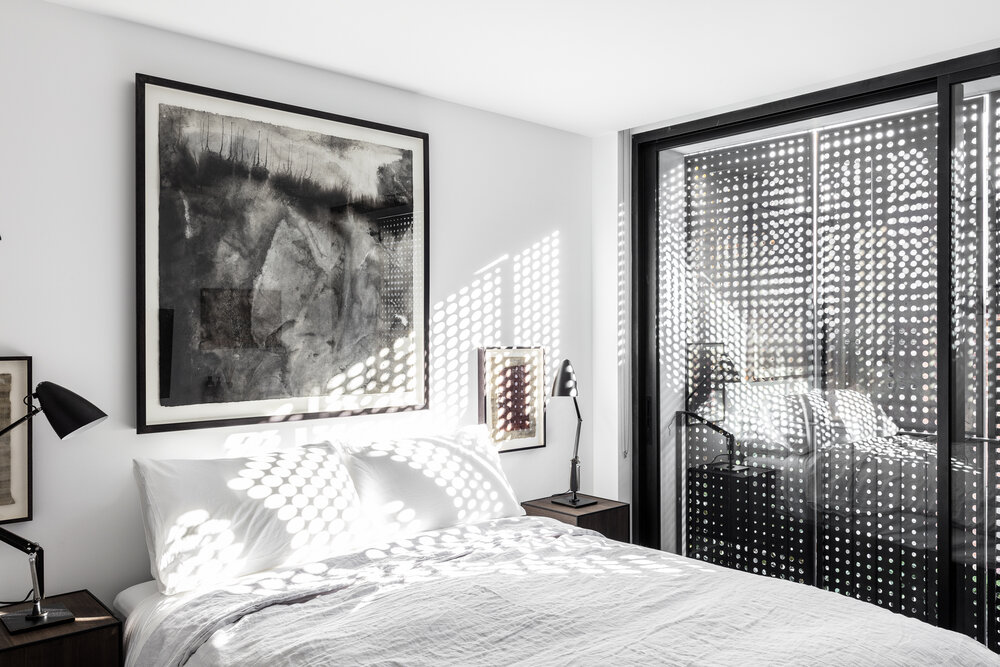
Chimney House by Atelier Dau
Apart from being decorative, the screen’s bronze panels also serve practical purposes. They allow natural light to enter whilst maintaining privacy within. The metal sheath with small perforations converts the building into literally a fortress, from a security perspective.